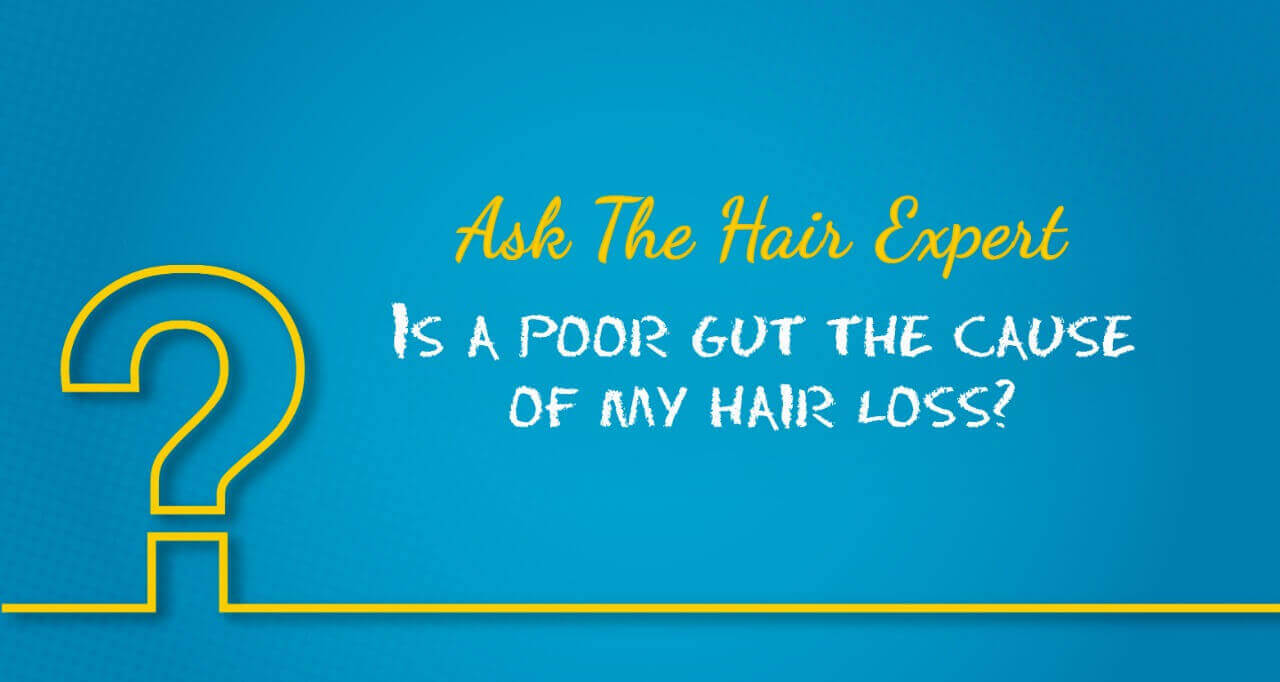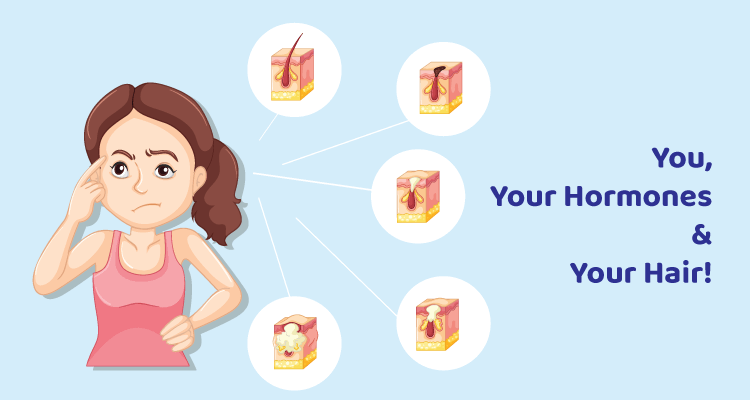Are you, your daughter, your mother or a female family member or a friend, facing a problem of excessive unwanted body hair? If yes, this is for you.
We all know how society at large can be very harsh and judgemental about matters such as these. It IS unusual but it is a condition to be dealt with. It is indeed upsetting to have ‘abnormal’ amounts of body hair, especially in women. While it is quite common to have hair growth on the calves or hands, unusual hair growth on other body parts such as the chin or upper lip on the face, chest or back, can be uncomfortable, physically and emotionally. These are the parts where normally men have hair growth, not women. The emotional strain of handling this can get overwhelming, affecting self confidence and body image.
Such male pattern hair growth or distribution of hair on female body, like a male, suggests a medical condition called Hirsutism. Hirsutism usually begins around puberty, but mild hirsutism can start at any age. Although many women develop this problem, most of them do not realise it; probably due to lack of knowledge, or perhaps difficulty in distinguishing it from other conditions that causes rapid body hair growth. Hypertrichosis is another condition which leads to increased hair growth throughout the body, as rare as it is. It is important to hence understand what exactly one is going through, to tackle it right.
What causes Hirsutism? What would the symptoms be?
Hirsutism in women is mainly caused by excessive levels of the male hormones – of androgen, mainly testosterone on the hair follicles. High levels of androgen has other side effects such as deepening voice, balding, acne, reduced breast size and so on.
When it comes to body hair, higher levels of androgen tends to stimulate the hair follicles resulting in excessive hair growth, especially on the body (than what a woman would normally have). Studies have revealed that this condition can be seen in about 5-10% of women, depending on the general definition of ‘normal body hair’ in the particular society/ region/ community.
While there are multiple causes that can lead to Hirsutism, the primary reason/cause remains to be the genetic structure. So, if your mother, aunt or sister is suffering from the condition, it is very likely that you may face it too. Let us see about some other common causes as well.
- Consumption of medications containing androgens, such as anabolic steroids, minoxidil, danazol that helps with endometriosis, systemic corticosteroids & fluoxetine for depression, can lead to this condition. Some of these drugs cause changes in the hormonal levels in the body and leads to hirsutism.
- When ovarian tumours that produce androgen are left untreated, hirsutism can progress rapidly showing distinct masculine features such as loss of scalp hair, male voice, facial hair, etc.
- A genetic disorder called mixed gonadal dysgenesis. In this condition, the affected individuals are born with ambiguous genitalia and develop hirsutism as puberty strikes.
- Polycystic Ovarian Disease (PCOD) is a common cause of hirsutism. Evaluation focused on testing for endocrinopathies and neoplasms helps understand if the condition is being caused by PCOS/PCOD, thyroid dysfunction, adrenal hyperplasia and such other.
- Cushing syndrome is another condition that can lead to hirsutism. It is caused due to excess production of corticosteroids in the adrenal glands, some of which are the androgens that can stimulate excess hair growth.
Some hair on your chin or upper lip does not mean that you are suffering from hirsutism. To identify if you have the condition, you will need to have a proper consultation and diagnosis by a medical professional, like a Trichologist.
A careful physical examination and detailed study of the entire medical case history, can help truly understand if a person has hirsutism, to what degree, the underlying cause and arrive at the right course of treatment. Blood tests and other diagnostic techniques are often used to determine the severity of the condition.
What are the treatment options or solutions to tackle Hirsutism?
1. Bleaching
It includes the application of bleaching cream that colours the hair to golden yellow, to make it less visible. However, it may look unattractive on women who have darker skin tone.
2. Shaving
This can be done at home using a razor. Shaving does not remove all the hair and there are some left that comes out later. Skin also gets awfully rough in the process and you end up pokey hands in the intermittent time. So, if you are opting for shaving, you need to do it very often.
3. Plucking
Plucking removes the hair shaft from its root. It can be awfully tedious to do it often and very inconvenient when a large area is involved.
4. Threading
This method is similar to plucking, but you cannot do it on your own. The hair is plucked with a thread wound around the fingers and pulled tight.
5. Waxing
This is the most commonly used method by most women, with or without hirsutism. It includes spreading a sticky wax made of natural sugar on the skin and then stripping it off using a cotton cloth or disposable paper strips.
6. Depilatory Creams
The creams contain chemicals that weaken the sulphur bond in the hair and melt the hair. Thicker hair may need prolonged application and may cause redness of the skin.
7. Electrolysis
This is a permanent method of hair removal. It involves inserting a fine electrical wire into the hair, but needs to be done by an experienced and qualified professional only. Electrolysis has side effects like redness, swelling, drying and an increase in ingrown hair.
8. Homeopathy Creams
A homeopathic cream called Oleum Jacoris is often recommended to control the excessive hair growth but needs long term usage.
9. Laser hair reduction
Laser hair reduction is perhaps the most effective solution to the issue, that ensures permanent results. It uses short, concentrated beams of light to reduce unwanted hair. This is by far the safest option giving the most lasting effect.
Hirsutism treatment normally begins with a complete medical history study and a few tests to rule out any underlying endocrine problem. If no endocrine or genetic problem is discovered, the way forward on hirsutism treatment is prescribed.
For reduction of unwanted hair, to tackle the cosmetic aspect of the condition, laser hair reduction is suggested. Other associated common ailments like androgenic alopecia are attended with phytoestrogens. Oleum Jacoris cream is given for twice a day application to reduce the rate of hair growth. The condition not only needs to be fixed from the outside but from the inside as well. And this is something which cannot be left to home remedies or off-the-shelf medications. It requires the guidance of a professional.
As we always say, stay aware, stay updated and never hesitate to seek professional help. Timely intervention can make a world of a difference!
If you found this page informative, do share it. Follow us on social media & keep yourselves updated with our blogs and informational articles on Hair care, Hair loss, Hair trivia and more.



